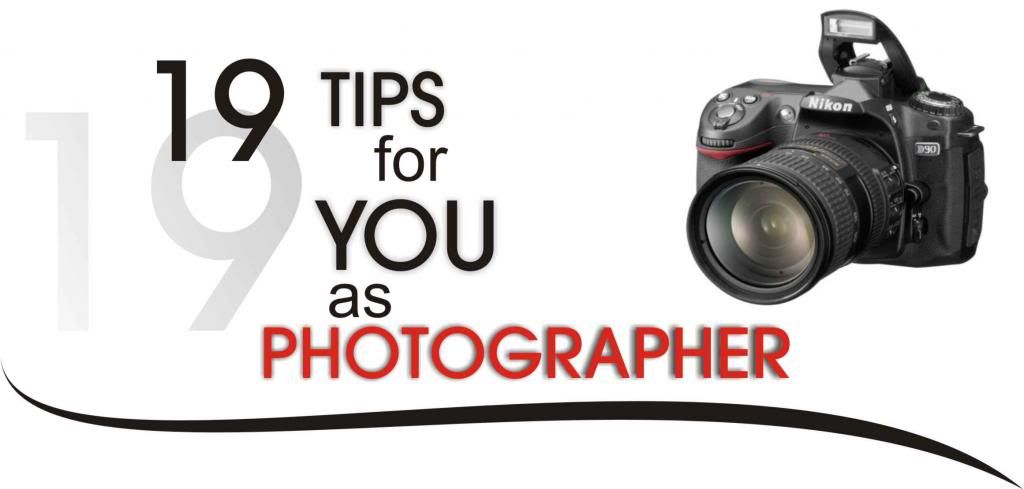Because his photographs took so long to expose (eight hours), he sought to find a new process. Working in conjunction with Louis Daguerre, they experimented with silver compounds based on a Johann Heinrich Schultz discovery in 1816 that a silver and chalk mixture darkens when exposed to light. Niépce died in 1833, but Daguerre continued the work, eventually culminating with the development of the daguerreotype in 1837. Daguerre took the first ever photo of a person in 1838 when, while taking a daguerreotype of a Paris street, a pedestrian stopped for a shoe shine, long enough to be captured by the long exposure (several minutes). Eventually, France agreed to pay Daguerre a pension for his formula, in exchange for his promise to announce his discovery to the world as the gift of France, which he did in 1839.

John Herschel made many contributions to the new methods. He invented the cyanotype process, now familiar as the "blueprint". He was the first to use the terms "photography", "negative" and "positive". He discovered sodium thiosulphate solution to be a solvent of silver halides in 1819, and informed Talbot and Daguerre of his discovery in 1839 that it could be used to "fix" pictures and make them permanent. He made the first glass negative in late 1839.

Many advances in photographic glass plates and printing were made in through the 19th century. In 1884, George Eastman developed the technology of film to replace photographic plates, leading to the technology used by film cameras today.
In 1908 Gabriel Lippmann won the Nobel Laureate in Physics for his method of reproducing colors photographically based on the phenomenon of interference, also known as the Lippmann plate.









0 comments:
Post a Comment